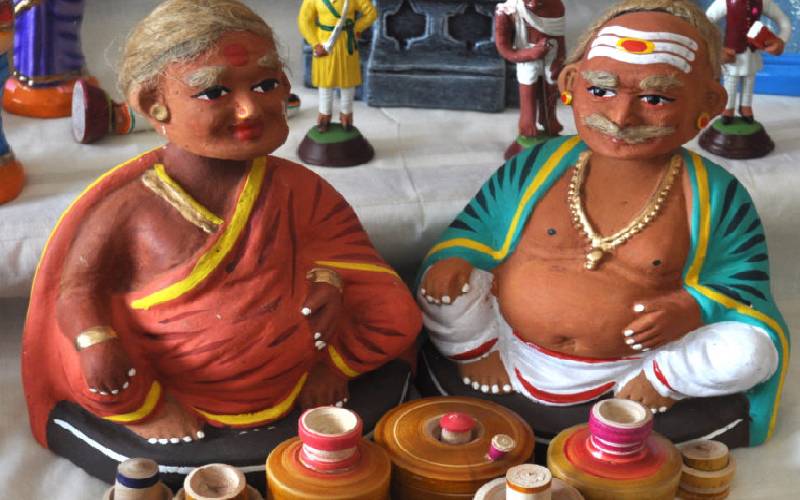
It was time to make lunch and Bhagiyam was busy with the preparation. Damu just entered the kitchen at that time to drink some water. He noticed Bhagiyam taking the vessel which contained cooked rice and tying a piece of jute fabric on it. Damu observed Bhagiyam toppling the container and he noticed some steaming hot water flowing out through the fabric. A pleased Bhagiyam, transferred the vessel to the dining table after removing the fabric and she placed a lid on the same.
Damu exclaimed, “Oh Bhagiyam, I remember my grandmother doing the same and I'm impressed to see you following the tradition.” A smiling Bhagiyam replied, “Yes, I’m following the tradition but with reason. This was done for the purpose of draining out the starch.” Damu was very happy, and both sat down to have lunch. The household was using hand-hulled rice. Bhagiyam was particular to ensure that the rice was pesticide-free.
Damu wanted to understand more about rice diversity and Bhagiyam began talking about the rice diversity of India. “Our country was always known for the numerous varieties of rice. There were more than hundred thousand types of rice those days. Each variety was cultivated in a particular place and season. Therefore, it has its own unique, shape, size, and color. Native varieties are healthier and are packed with nutrients. This is not only good for the body but also very sustainable for the practicing agriculturalists.”
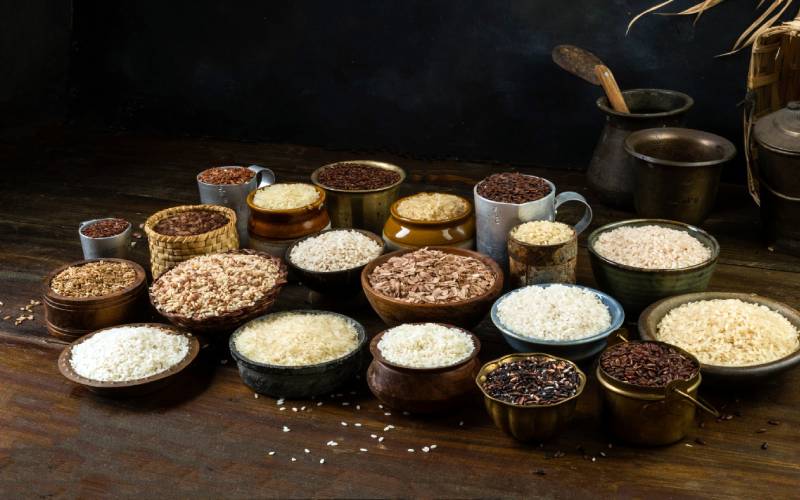
Damu was all ears while having his lunch and the conversation continued in the living room. Their family friend Asmita arrived meanwhile, and she joined the chat. Asmita wanted to know about the various types of rice and the application connected with each variety. Bhagiyam told her that there were exclusive varieties which were fit for people who are diabetic, women who were pregnant, lactating mothers, and also about table rice, rice for pulav/biriyani and rice for breakfast. She told Asmita that there were varieties which could be used for cakes and also the types which went for aval/poha.
Asmita exclaimed, “Oh akka! It is so interesting. I think all these varieties should be placed in a museum cum store because it helps us to be more aware. May be a small description of each variety should be put up on display so that it will be easy for clients to match the variety with their personal requirements. It will perhaps help the farmer to market his ethically produced varieties to the consumer. Akka, can you tell me the names of the varieties which can be used at various situations. It will be very helpful. Can I make a note of these varieties, please?”
For Diabetes:
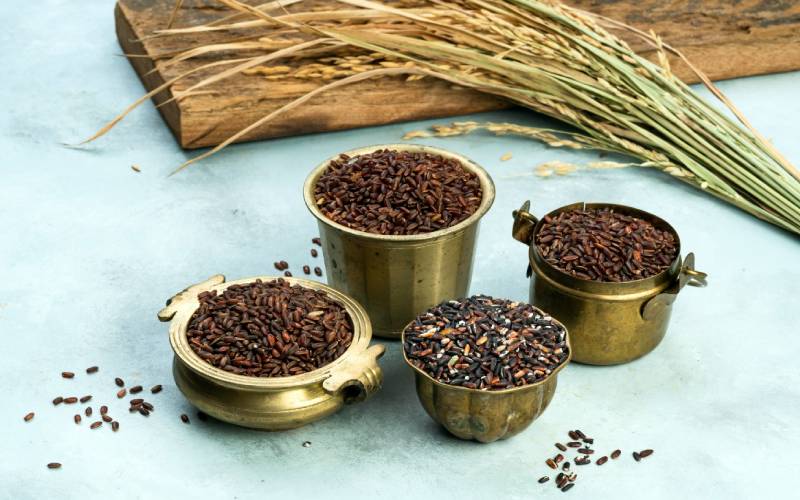
Meanwhile, Damu came with a pad and a pen and gave it to Bhagiyam. She began to talk about each variety while making a note in the writing pad. She brought in a list of about 40+ varieties and Asmita became very happy.
For Pregnant Women:
For Lactating Mothers:
For Breakfast:
For Table Rice:
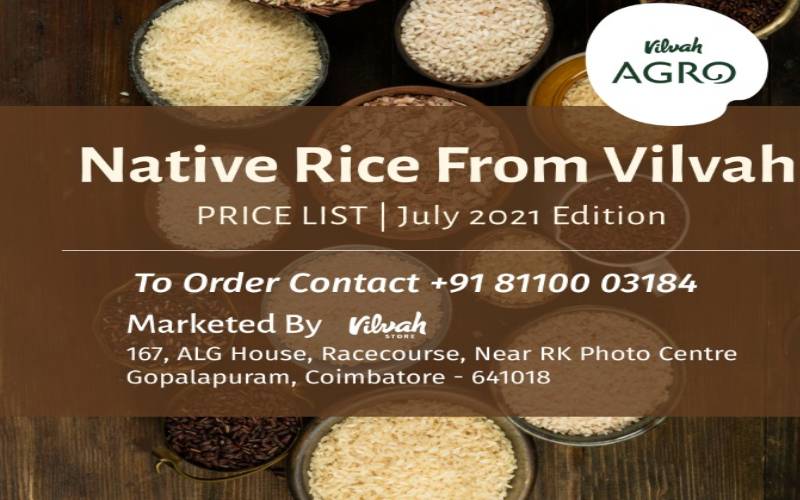
For Pulao/Biriyani:
For Cakes:
For Aval/Poha:
Asmita became superbly delighted and wanted to know where to buy these varieties. Bhagiyam told her that there are several places offline and online where one can purchase these varieties, one of which is Vilvah Agro at Coimbatore. It is making available 42 varieties and is hoping to increase the availability to 100 varieties of rice.
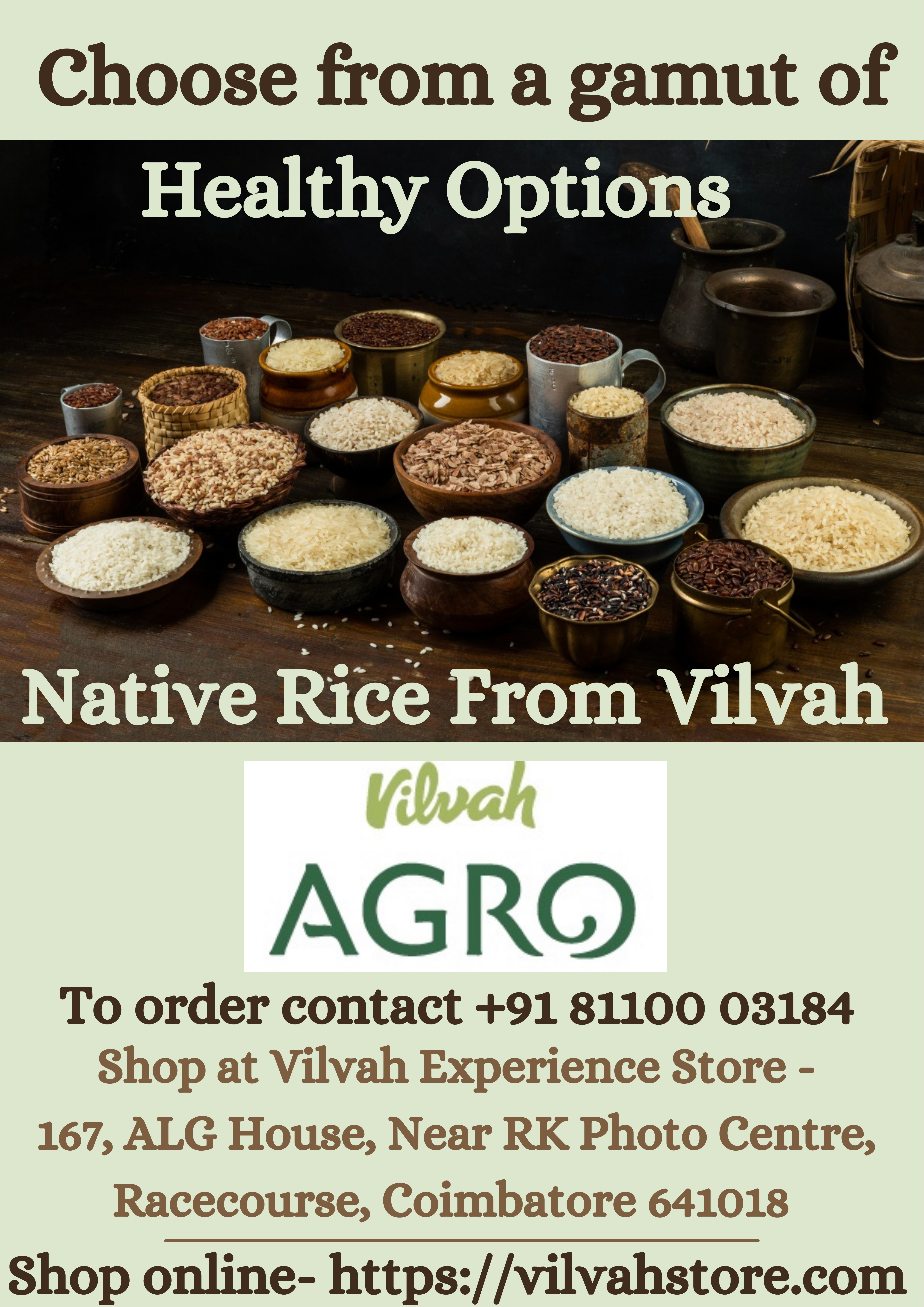
NEXT ARTICLE

At the southernmost tip of this mesmerising ensemble lies the majestic Great Nicobar Island, boasting an impressive landmass of about 910 square kilom...

Bharath has always been a land traversed by spiritual masters/ Guru since time immemorial. These spiritual masters have always upheld the core princip...

South India contains its fair share of unique pilgrimage centres. These divine places of worship have a prominent Sthala Purana, devoted followers, di...